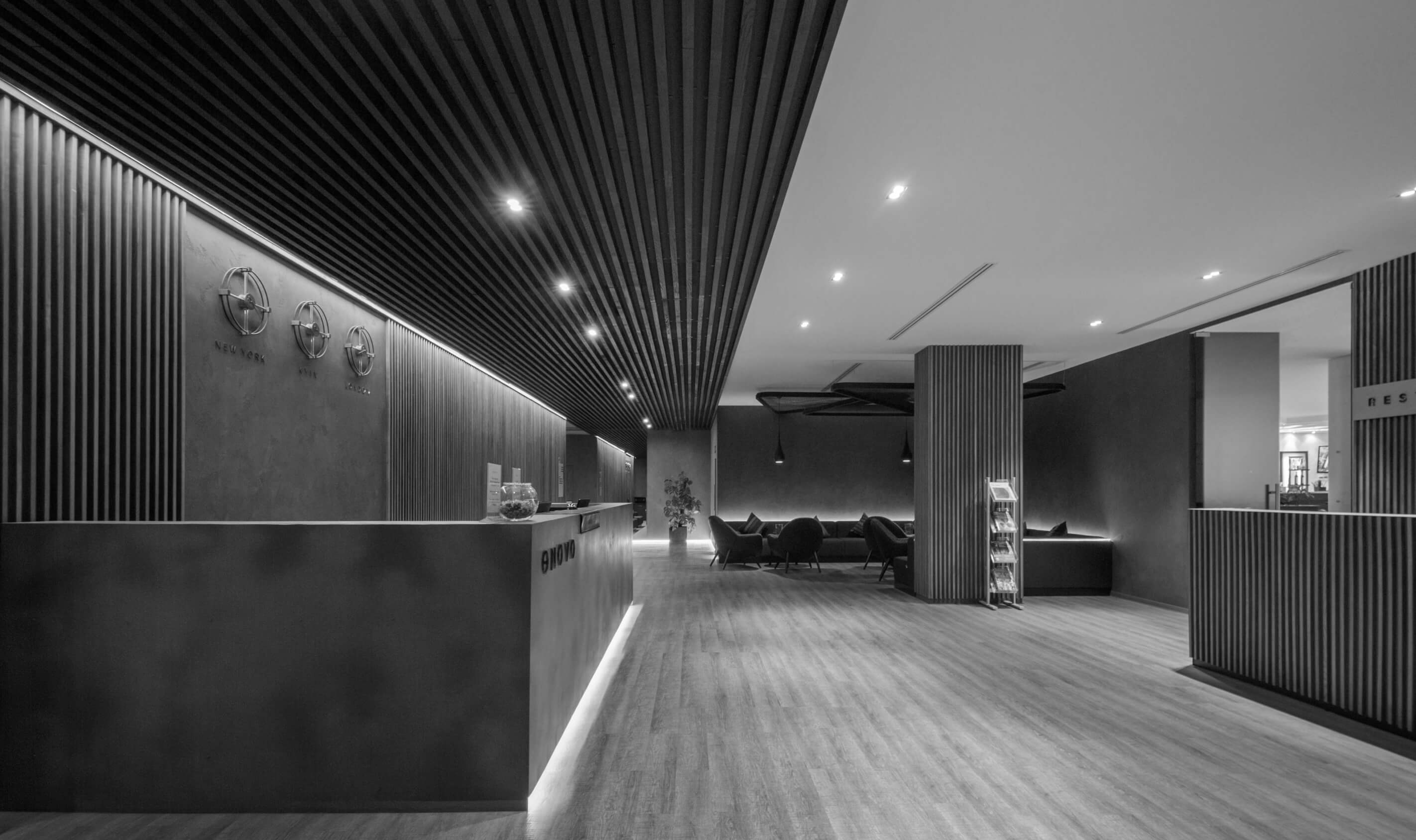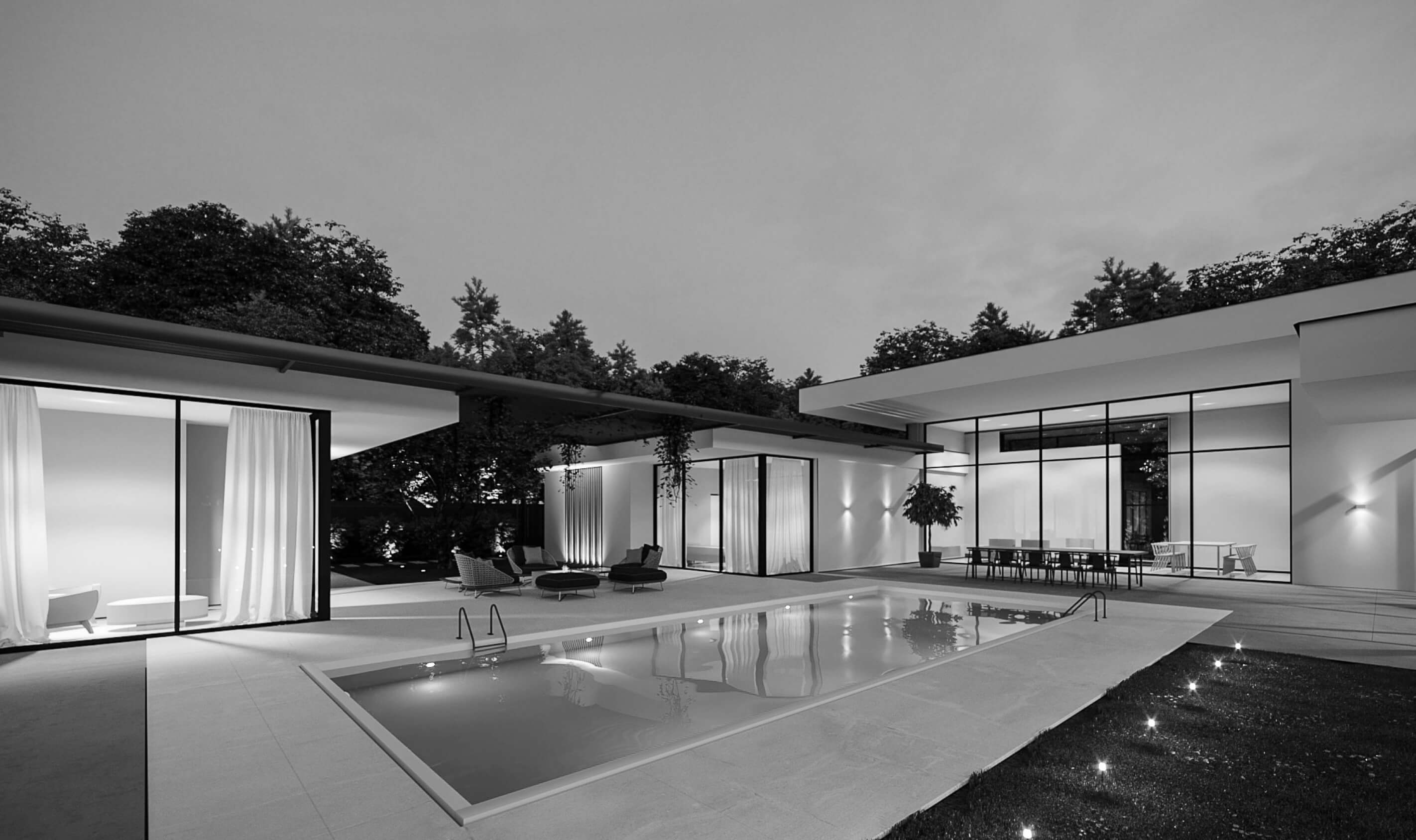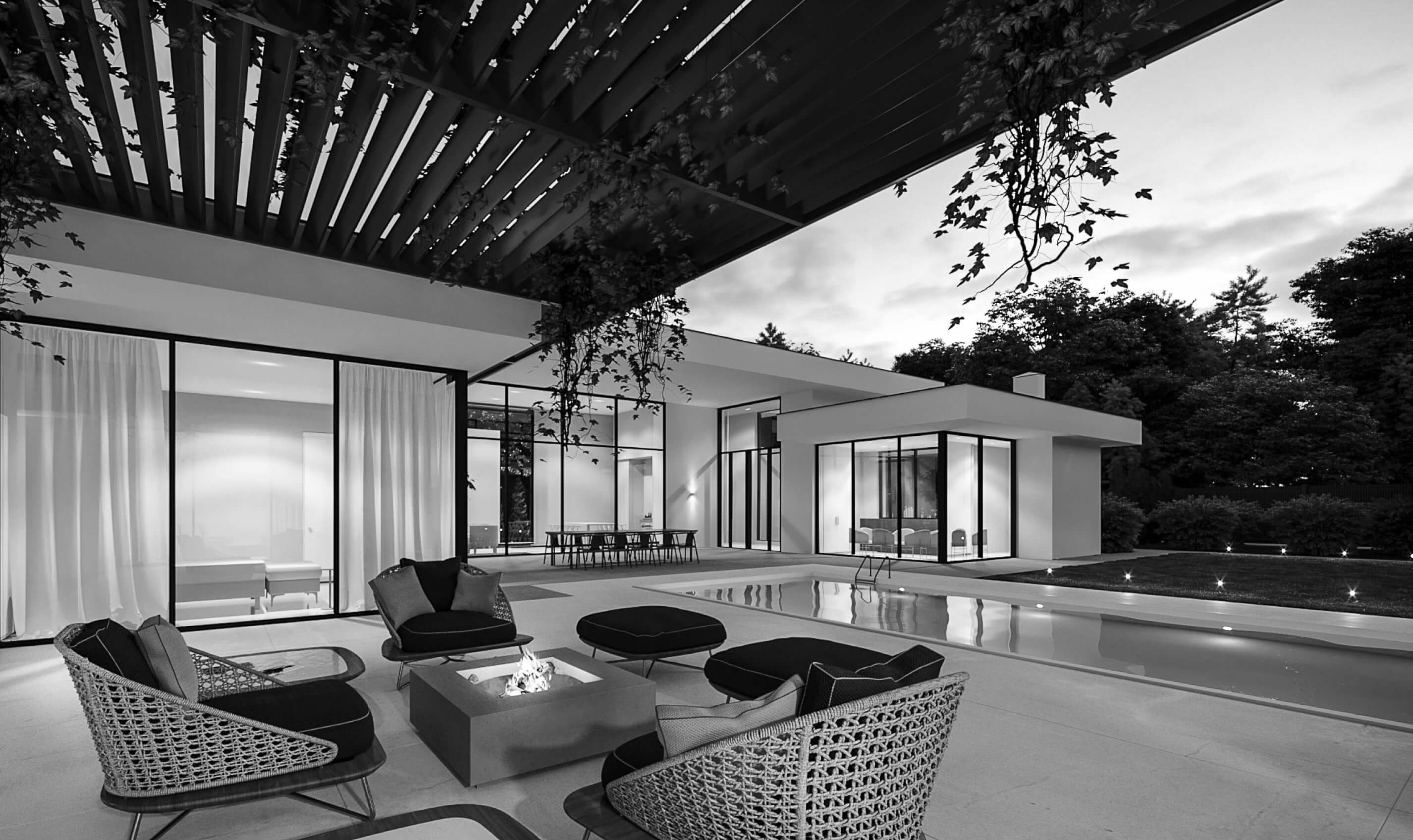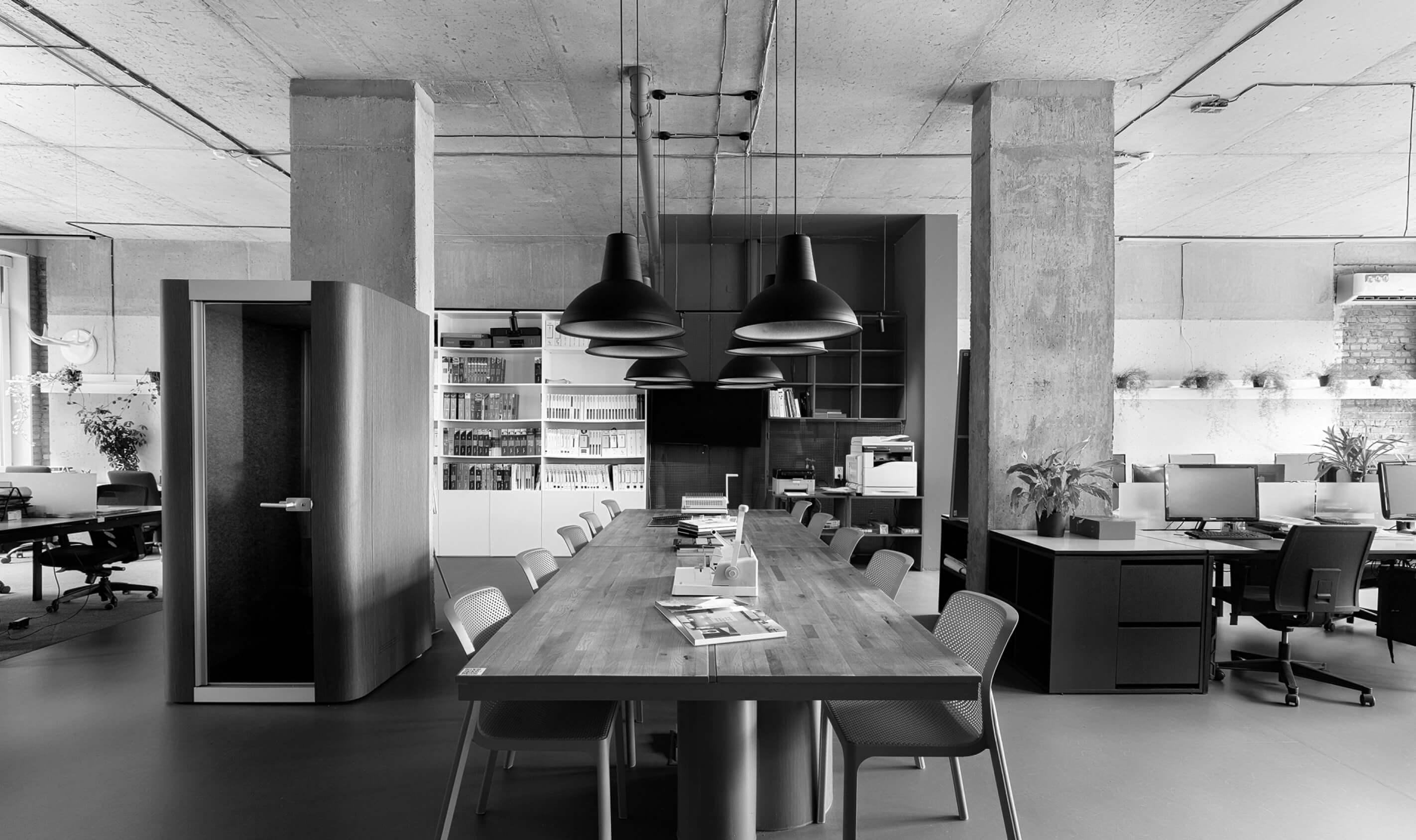A modern office is an aesthetically comfortable environment in which work is carried out with enthusiasm, and a corporate culture is formed. Investing in employee well-being through the implementation of quality interior design ensures a high return on investment. This approach boosts employee morale to its maximum level, reduces staff turnover to a minimum, and increases productivity, and business goals are achieved even faster.
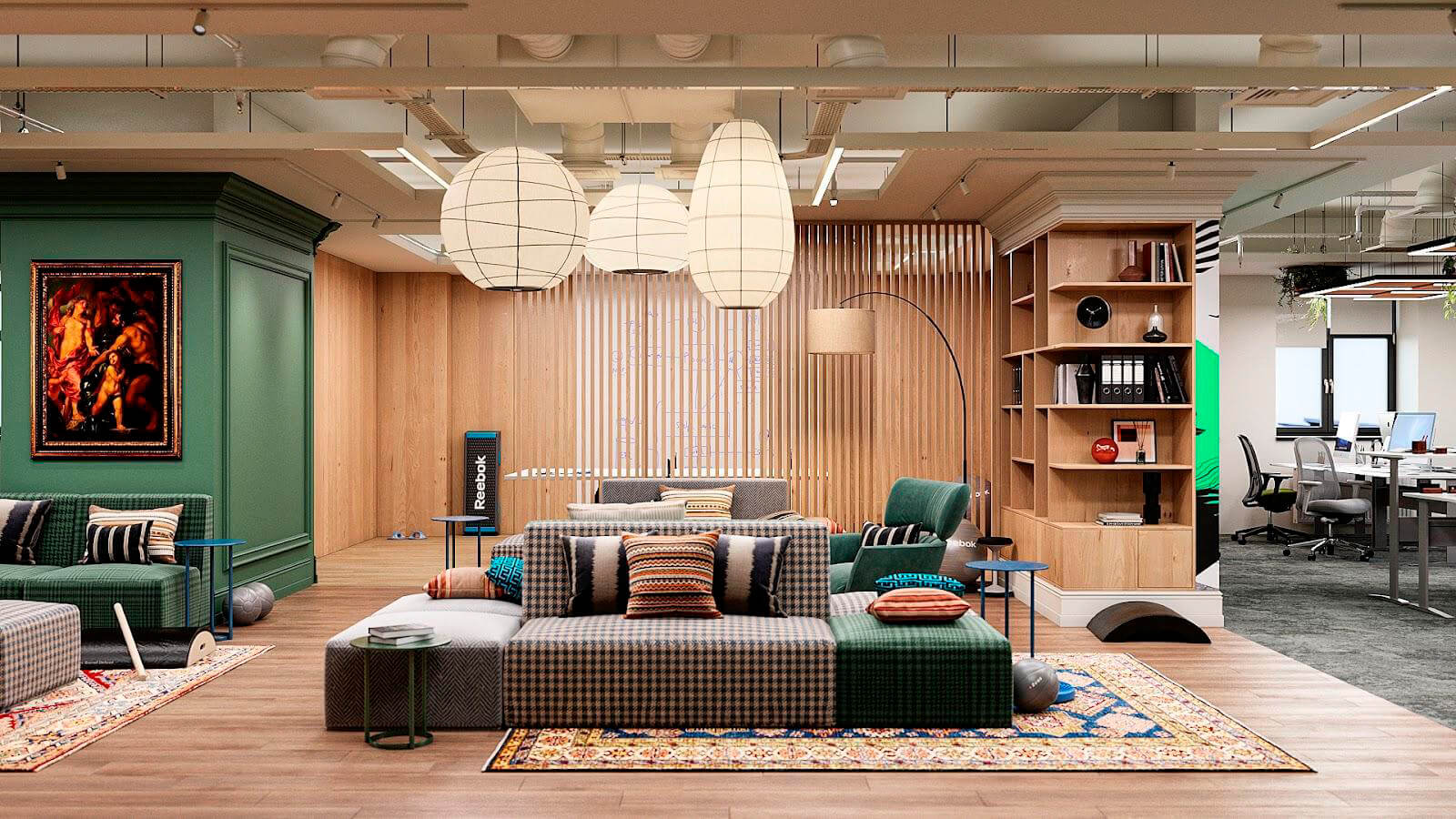
How Interior Design of a Workspace Affects The Mood, Well-being, and Work Motivation of Employees

The physical health of employees who spend most of their day at work depends significantly on the design of the office space. Designers select ergonomic furniture that can be adjusted according to individual needs, use standing workstations, or even work desks with treadmills. When designing an office, they consider the proper air quality, temperature, lighting, and acoustics, and develop a composition of living plants. All of these elements have a beneficial effect on the physical well-being of each team member. By implementing rest areas and sports zones, designers create a healthy environment that is oriented towards the well-being of every person who works in the office.
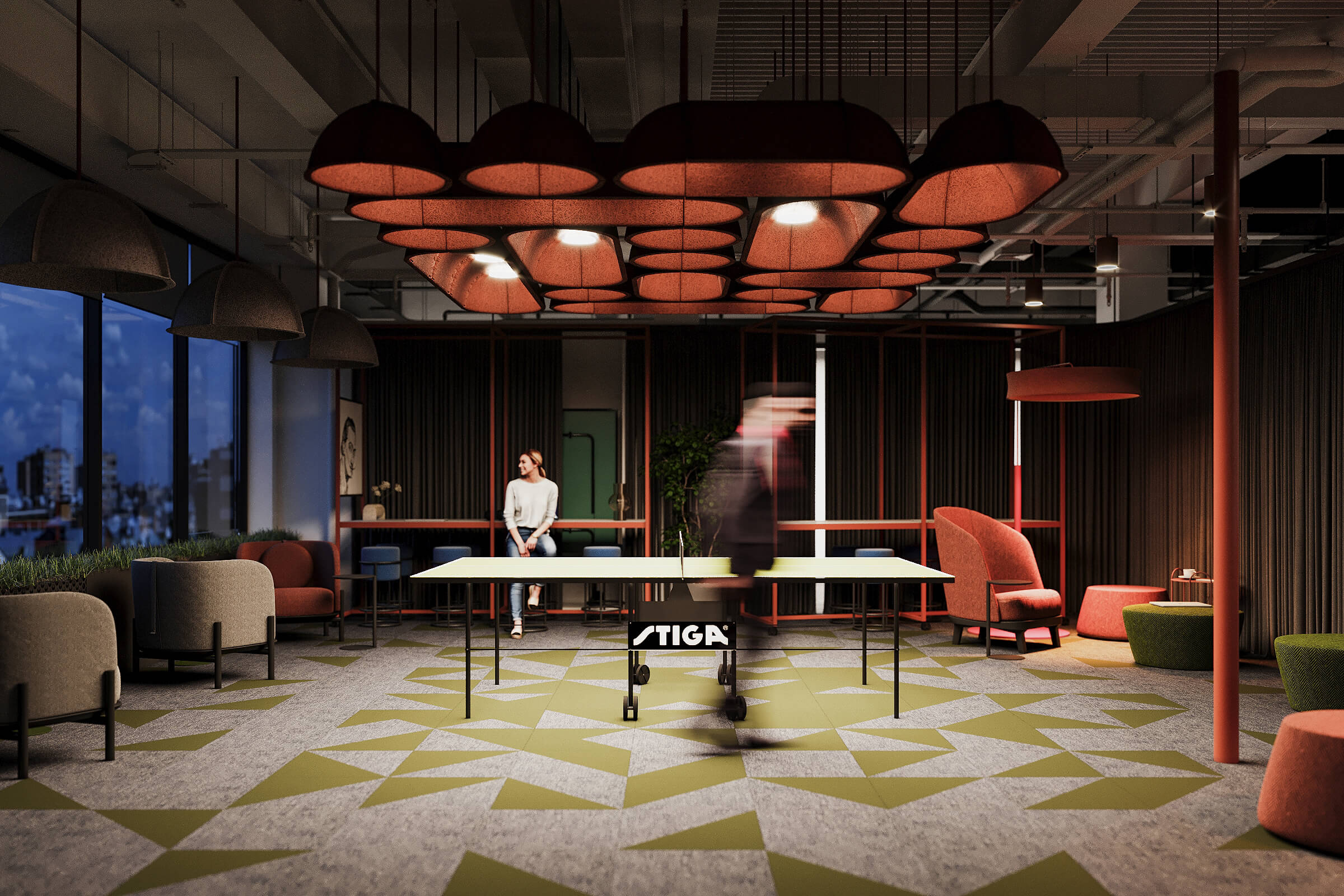
The design of the workplace directly affects the psychological state of employees. A professionally and carefully designed workspace gives them a feeling of organization and orderliness. Emotions and mood are significantly influenced by the colors chosen by the designer, which correspond to the brand and positioning of the company’s values. For example, cool and neutral shades promote concentration and energy, while warm colors promote comfort and relaxation. Therefore, warm colors are often used in apartments or office lounge areas. Red, on the other hand, can increase anxiety levels, making it not the best choice for the main office palette.
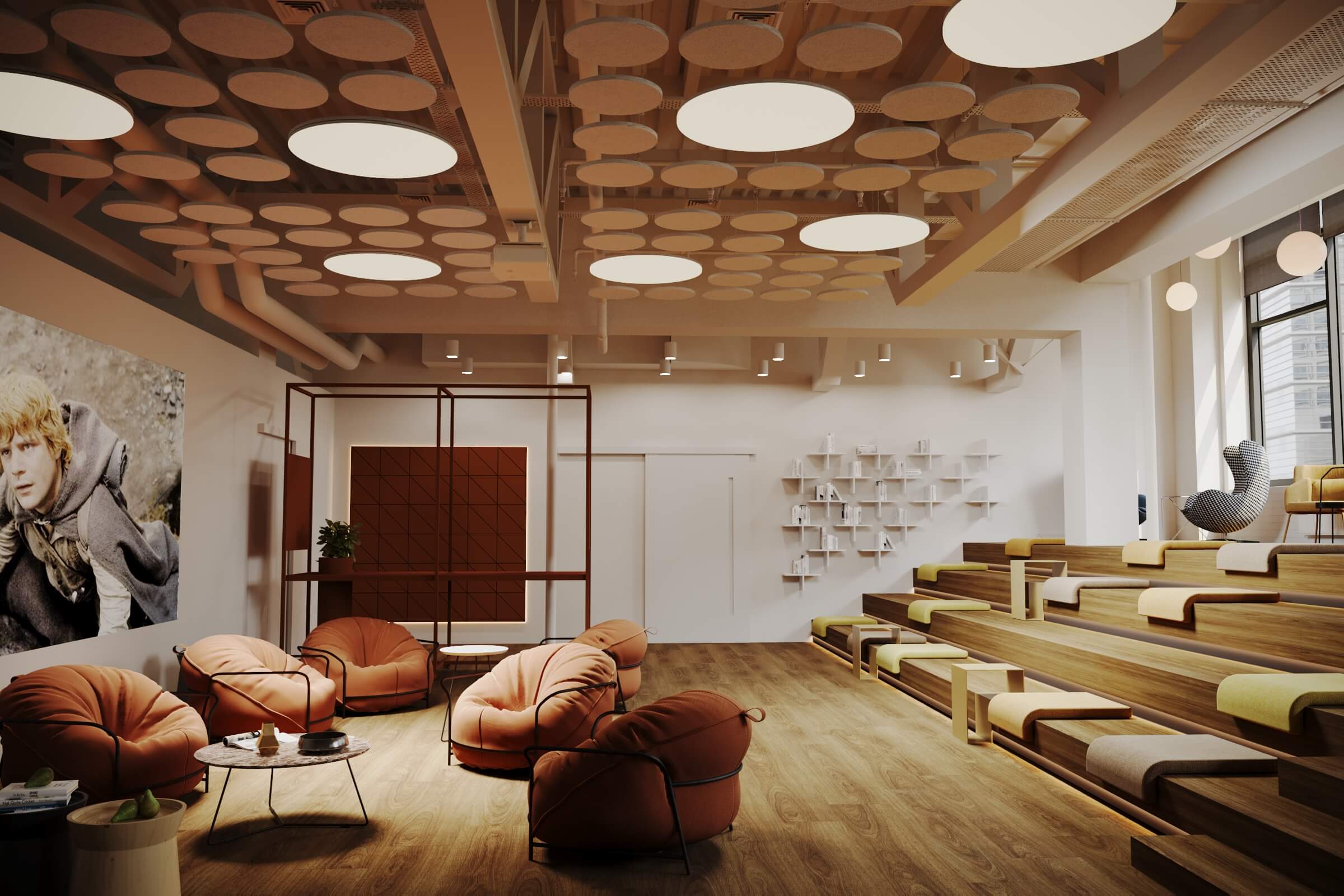
The amount of natural light also affects mood. Natural lighting improves well-being, increases energy levels, and reduces eye strain and headaches. The right combination of different types of artificial lighting plays a direct role. Bright, cool lighting enhances alertness and concentration, while soft, warm lighting creates a more relaxed, calming effect. Professionally designed lighting corresponds to the circadian rhythms of employees, which helps improve the quality of sleep and overall well-being. To enable focus shifting, designers implement rest rooms and silent rooms in the office. They also consider aromas that can promote relaxation and increase productivity.

Collaboration between a team and convenient communication can increase job satisfaction and motivation. The proper interior design promotes the formation of a community of like-minded individuals and team spirit. A workspace typically includes areas for focused work, open areas for teamwork, conference rooms for formal meetings, and common areas for informal communication. Quality planning ensures a balance between individual and teamwork, formal and informal meetings, convenient communication, and clear navigation. To create a sense of privacy and solitude, which helps with concentration and confidentiality when needed, designers introduce phone booths, high work screens, and separate offices.
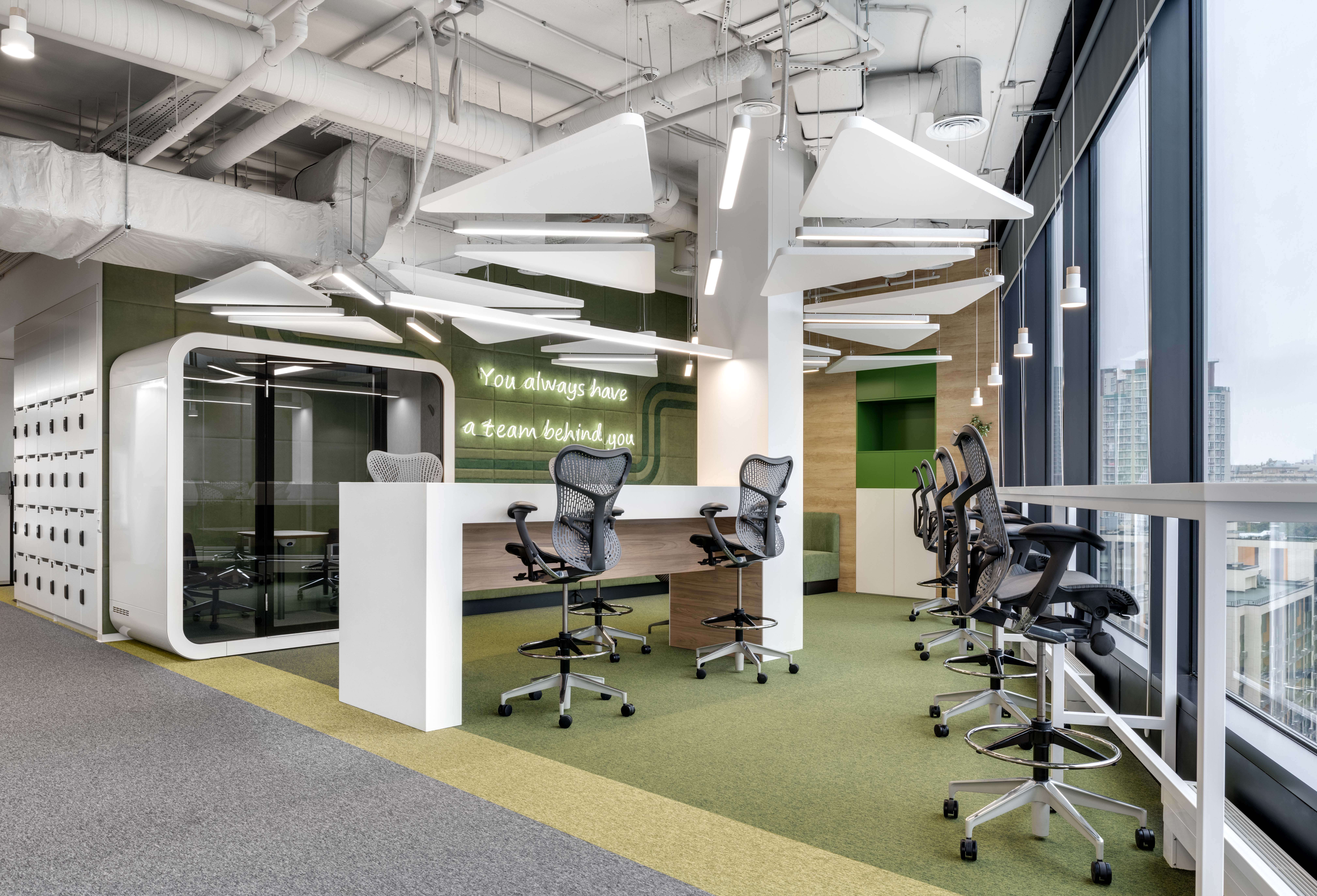
A quality kitchen design that promotes refocusing and relaxation from the work routine is another important aspect that has a significant impact on the well-being and satisfaction of employees. The kitchen satisfies the need for re-concentration from directed attention to arbitrary, which improves overall productivity.
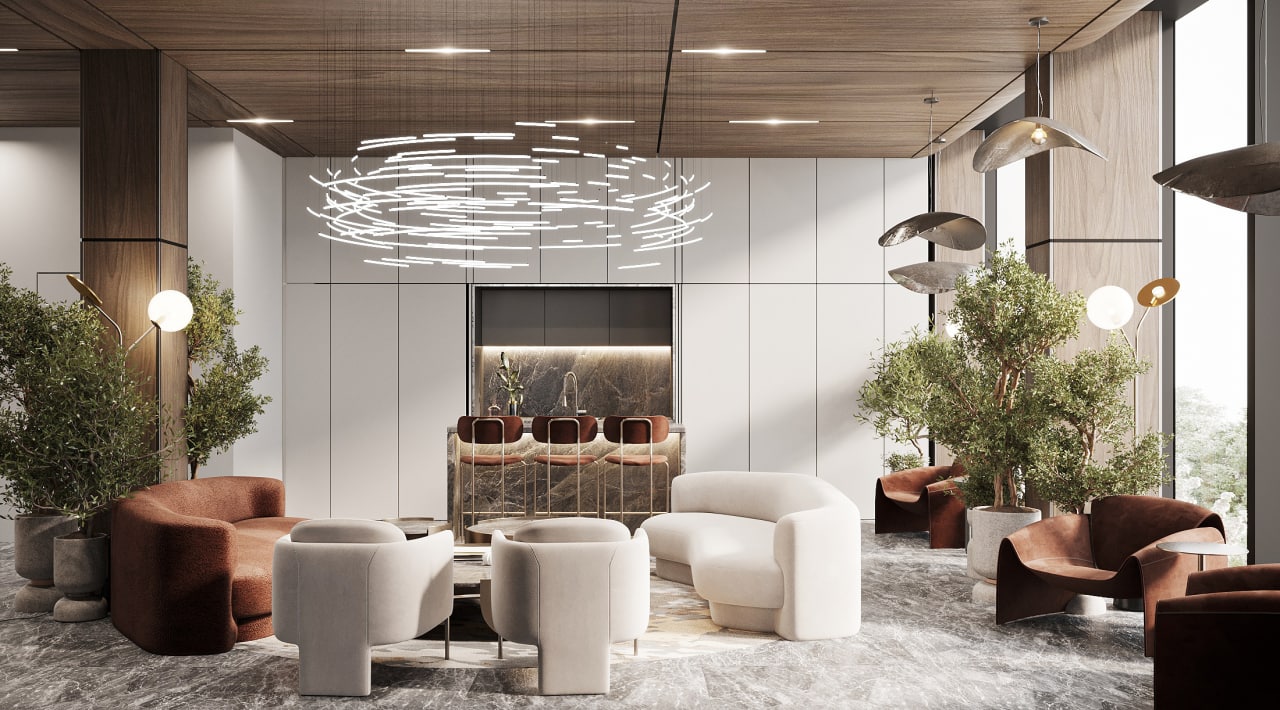
The mood and motivation of employees are influenced by the design and aesthetics of their workplace. Incorporating elements of art and visually interesting details into the interior design shows respect for the company’s employees and can increase motivation. As career opportunities grow, so does the quality of life and work conditions, which in turn can increase employee satisfaction. Reflecting the brand’s identity, values, and culture through interior design can inspire employees to take pride in their company and encourage them to showcase their talents. The environment in which one works greatly affects their mood, well-being, and motivation. The better the office is designed, the more positively an employee is inclined to approach their workday, resulting in increased satisfaction, ambition, and ultimately productivity. A business that fosters motivated and satisfied employees is likely to grow and generate higher profits.

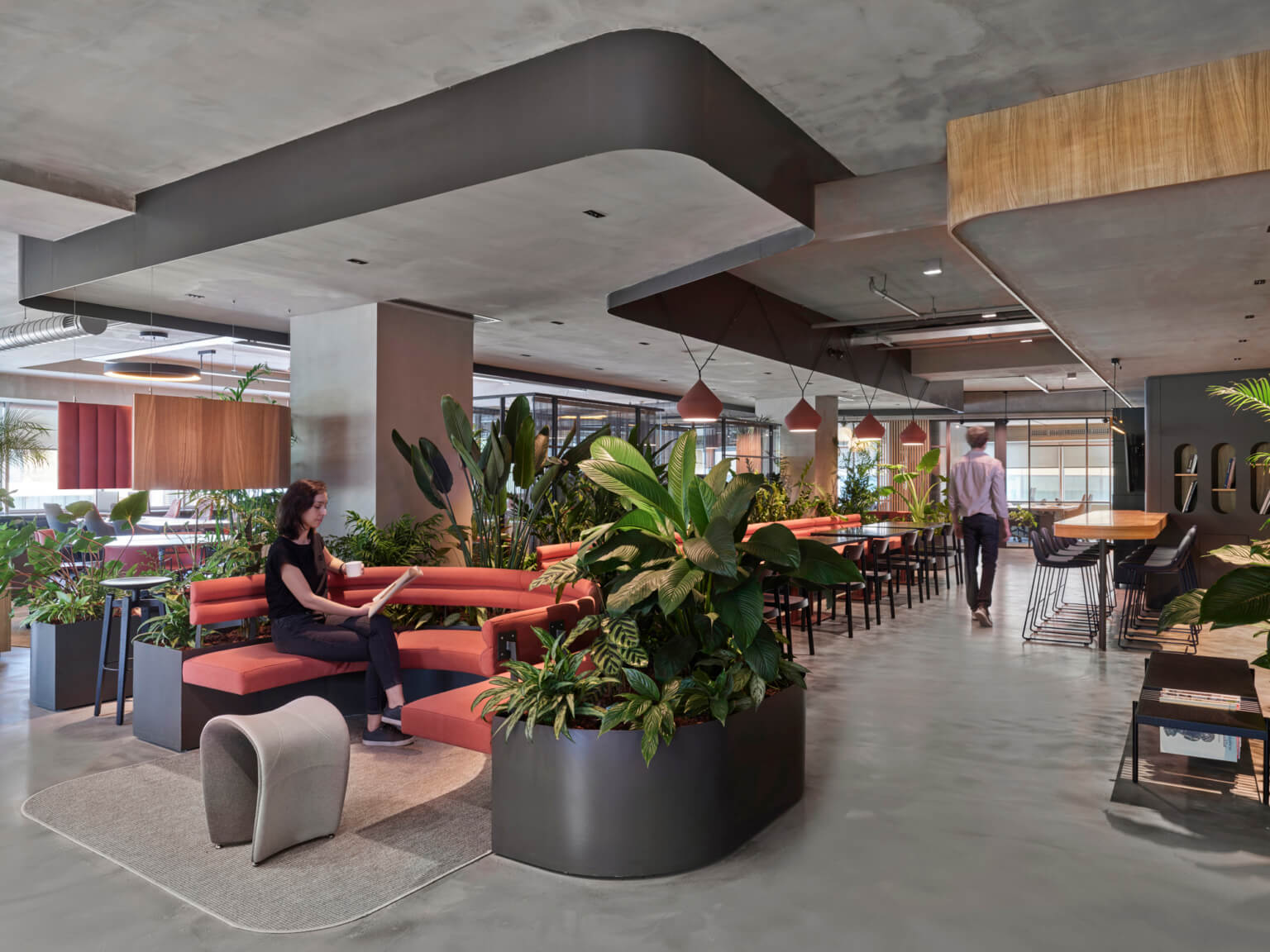

 Back
Back Back
Back



